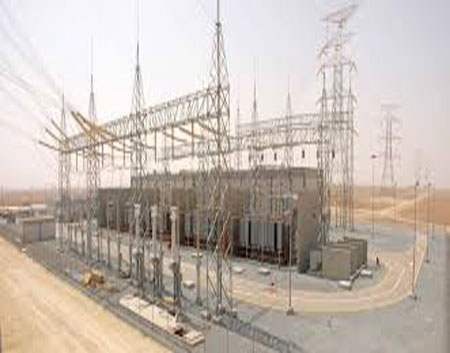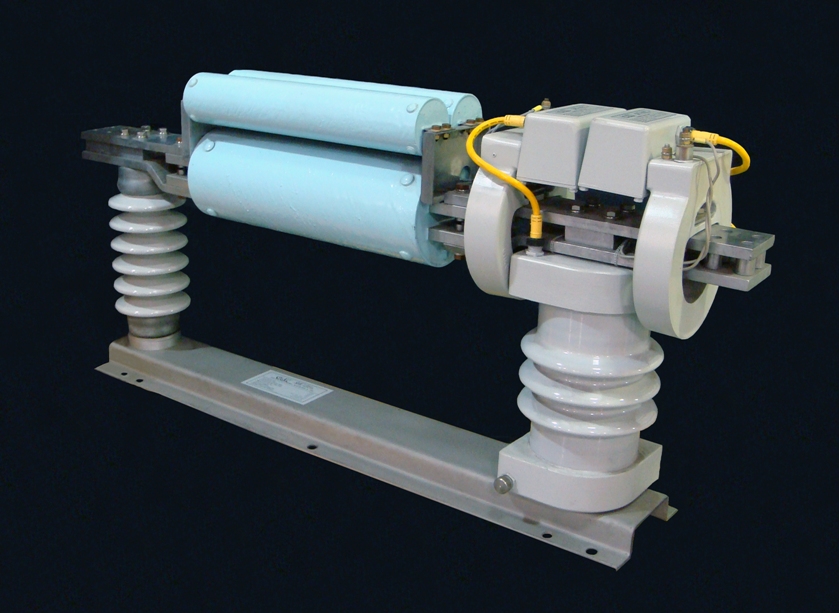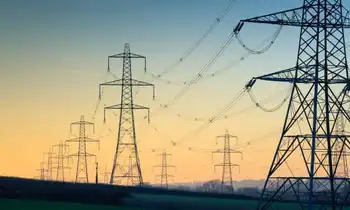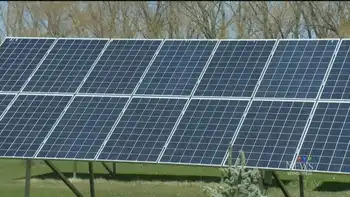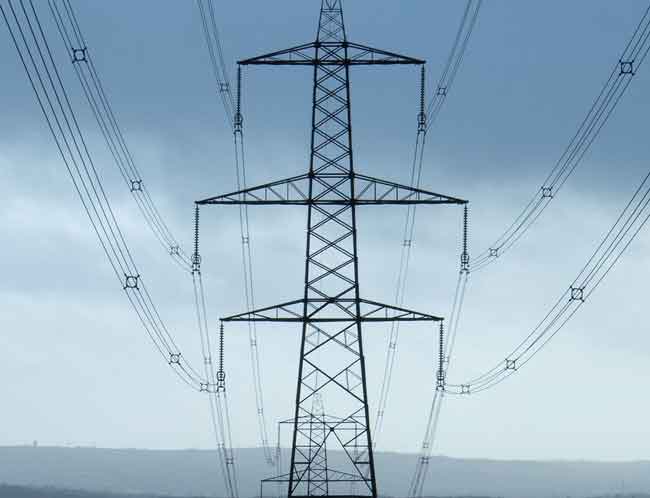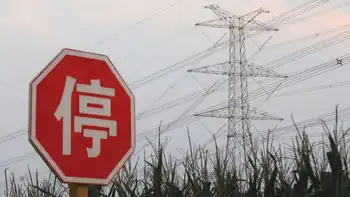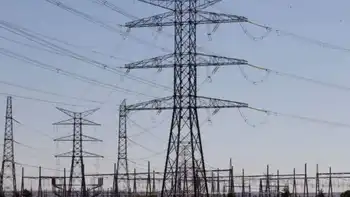Peace River project shelved by Shell
By Calgary Herald
Protective Relay Training - Basic
Our customized live online or in‑person group training can be delivered to your staff at your location.

- Live Online
- 12 hours Instructor-led
- Group Training Available
A spokeswoman with subsidiary Shell Canada Ltd. confirmed the company has withdrawn its application for regulatory approval of the 100,000-barrel-per-day Carmon Creek in-situ oilsands project planned for 40 kilometres northeast of Peace River because it would not be economic as envisioned.
The project, for which no cost estimate has been released, was to have been sanctioned in 2010.
"We're looking at ways to reduce costs and improve the profitability of the project," said Shell Canada's Adrienne Lamb, adding the project will be reviewed and a new application could be filed in early 2009.
"Long term, we're still looking at expanding production in the area."
The application for environmental approval was filed in December 2006 for a steam-assisted gravity drainage expansion to Shell's existing 12,000-bpd Peace River thermal complex. The expansion would have been composed of two 50,000-bpd phases.
Crude oil closed at $54.44 US per barrel on November 26 in New York, down by nearly two-thirds from its peak in July.
Four weeks ago, Shell announced it would delay its decision on a 100,000-bpd expansion of its Athabasca oilsands project near Fort McMurray until costs come down.
The next phase of the oilsands mining operation's expansion plan was to begin soon after conclusion of the $12.8-billion, 100,000-bpdphase now under construction.
"Clearly, there is significant industry inflation and a tight labour market in the Alberta area," chief executive Jeroen van der Veer said at the time in a conference call from Royal Dutch Shell's headquarters in The Hague.
"Going forward, we do see evidence that the Alberta market is going to cool down as several competitors have delayed new projects," he said, noting Shell will complete the current Athabasca expansion before deciding on the second. The decision had been scheduled to occur in 2009.
Lamb wasn't able to say what particular costs have sidelined the Peace River project, nor could she speculate on what changes will be made to the project plan.
"We had initially planned to file an update to the regulatory application by the end of this year... and we were conducting a review of the project," she said.
"Based on that work, we anticipated that there will be significant changes to the application, so rather than try to update the application, we're planning to go through this review and then look to submit a new application."
Carmon Creek was to have called for 170 well pads and include a cogeneration plant to produce steam and electricity for the project. Excess power would be sold into the provincial grid.
A construction camp was to be built to house up to 2,000 workers. The project was expected to produce for 35 years.
The project was originally to have used a horizontal cyclic steam stimulation well technology but Shell had switched its plan to vertical steam drive wells to enhance recovery of bitumen.
The delay caps a long list of oilsands projects left in limbo by plunging oil prices and rising costs. The Canadian Association of Petroleum Producers said recently the investment in oilsands expected for 2009 had fallen by 20 per cent to $16 billion from $20 billion.
Last fall, Petro-Canada announced the cost estimate for its integrated Fort Hills mine and upgrader had jumped 50 per cent to about $25 billion. The project has since been put on hold.
Suncor Energy has extended completion of its $20.6-billion Voyageur expansion by a year and partners Nexen Inc. and OPTI Canada Inc. have delayed until next year a decision on twinning of their $6. 1-billion Long Lake integrated thermal oilsands project.
Escalating costs for everything from labour to steel are noted in a recent report by the Calgary-based Canadian Energy Research Institute that shows new large-scale integrated mining projects will cost $140,000 per flowing barrel of synthetic crude to construct and require oil prices north of $100 Cdn to ensure a 10 per cent rate of return to investors.
UBS Securities Canada Inc. said in a recent report that integrated in-situ projects are the most appealing to investors, as they are economic at $50 to $60 US per barrel (depending on bitumen differentials)while non-upgraded SAGD projects are economic at prices of $70 to $80.





